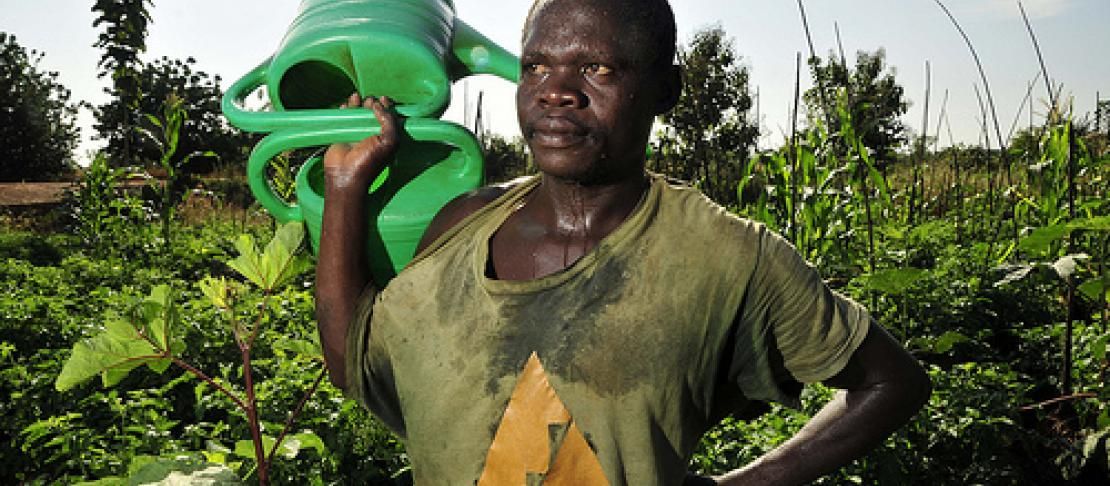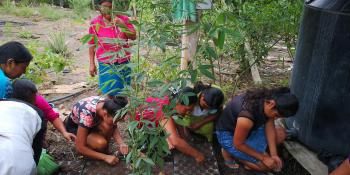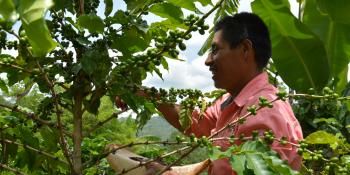Climate-Smart Agriculture Has to Add Up

This is a repost of Nathan Russell's post on the Agriculture for Rural Development Day blog. The blog post summarizes a substantive reply from Dr. Bruce Campbell, director of CGIAR Research Program on Climate Change, Agriculture, and Food Security (CCAFS) directed to the post 'Climate-Smart Agriculture - Yes, we can! by Jeffrey Brez of IFAD.
The point that climate-smart agriculture builds on what we “already know how to do” is well taken. But it could come across as a potentially dangerous endorsement of the status quo. On the contrary, climate-smart agriculture must add to current knowledge and resources in various ways.
So why is “climate-smart agriculture” additional to business as usual?
To start with, this concept explicitly adds climate-change adaptation and mitigation to the conventional goals of agricultural development, like increased production.
And that will invariably mean dealing with additional trade-offs. Rising temperatures in South Asia’s Indo-Gangetic Plains, for example, will require earlier planting of wheat; but the easiest way to do this is by burning the residues of the previous rice crop, thus increasing greenhouse gas emissions. Sometimes, it will be necessary to “subtract” practices that are not climate-smart – such as fertilizer subsidies that enhance food production but boost emissions.
To achieve climate-smart agriculture will also require many additional partners, for example, from the climate-science community, meteorological departments, and insurance sector.
Markets will have to change as well, involving alternative products that have less impact on the environment and more efficient exports with a smaller carbon footprint.
These shifts imply an expanded research agenda that addresses urgent needs, like better seasonal forecasting for climate-risk management, down-scaled climate projections for agricultural adaptation, and a new generation of climate-smart crop solutions. The recently launched Adaptation and Mitigation Knowledge Network brings together a lot of information about these issues and links it to interactive maps.
New policies are urgently needed as well that give due attention to agriculture, including its role as a driver of deforestation.
Above all, climate-smart agriculture is about envisioning a different, more uncertain world and knowing in advance how to respond. The response will vary from one location to another. In places that suffer from food deficits, emissions may have to increase, while in others, agriculture should de-intensify to reduce its environmental foot print.
But all these responses, taken together, must add up to a climate-smart agriculture that reduces hunger and poverty while dealing successfully with the climate challenge.


